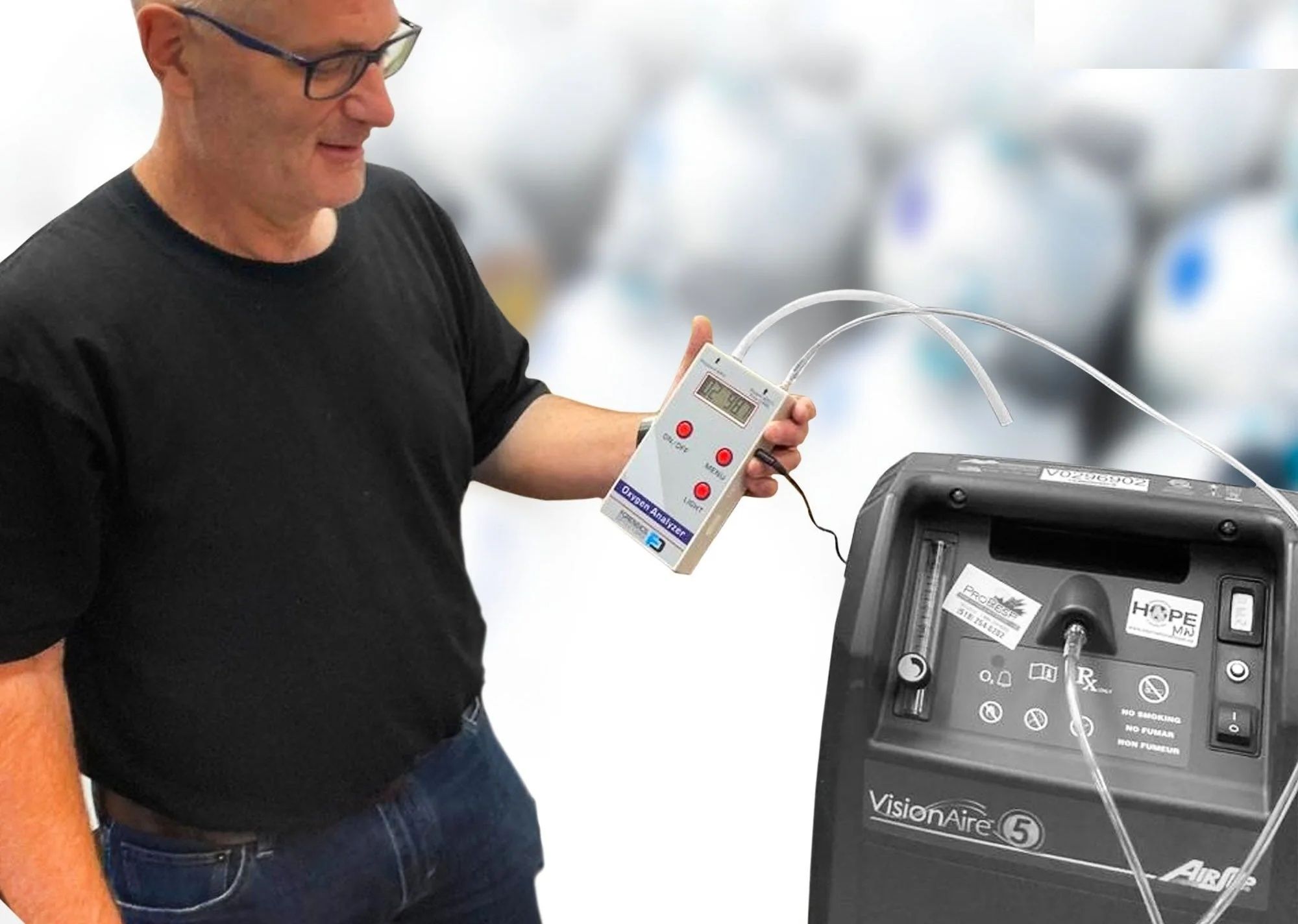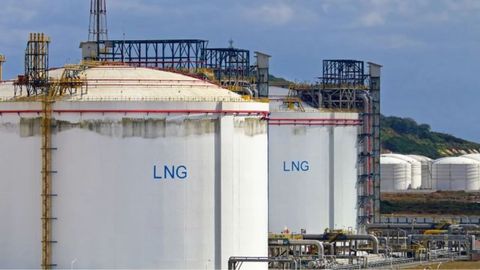Developed through advancements in gas-sensing technologies, Oxyzon analyzers combine electrochemical, UV photometric, and optical sensors to deliver precise results. These instruments have become vital for industries focused on clean energy, waste management, and emissions control. As environmental awareness and sustainability efforts expand, the demand for efficient gas analyzers continues to grow across sectors. Why the Oxyzon Analyzer Matters
Why the Oxyzon Analyzer Matters
Accurate measurement of oxygen and ozone levels is essential for several reasons:
-
Environmental Protection: Ozone monitoring helps detect pollution sources and evaluate air quality, supporting global climate goals.
-
Industrial Safety: Excessive oxygen or ozone can cause equipment corrosion or create hazardous conditions in factories. Analyzers ensure safe working environments.
-
Healthcare and Laboratory Use: In medical and pharmaceutical settings, Oxyzon analyzers verify oxygen levels in production processes or sterile environments.
-
Regulatory Compliance: Many industries must meet strict emission and air quality standards. Continuous monitoring helps organizations comply with national and international guidelines.
For example, power plants, semiconductor manufacturing units, and water treatment facilities rely on real-time oxygen and ozone readings to control chemical reactions, reduce emissions, and enhance process efficiency. The importance of the Oxyzon Analyzer extends from ensuring cleaner air to improving workplace safety and product quality.
Recent Developments and Global Trends
In 2024 and 2025, several technological advancements and policy changes influenced how Oxyzon analyzers are designed and used:
-
Digital Integration: Modern analyzers now include IoT connectivity, allowing remote data access and continuous monitoring through cloud platforms.
-
AI-Enhanced Accuracy: Companies are integrating artificial intelligence to predict calibration needs and detect anomalies automatically.
-
Compact Designs: The demand for portable and handheld analyzers has increased, especially in fieldwork and environmental testing.
-
Sustainability Focus: Manufacturers are developing energy-efficient models that use low-power sensors and recyclable components.
-
Rising Global Demand: According to 2025 market insights, the gas analysis industry is projected to grow by over 7% annually, driven by stricter emission regulations and growing environmental initiatives.
A notable update in 2024 was the release of hybrid analyzers capable of measuring multiple gases simultaneously. This innovation reduces maintenance time and supports cross-sector applications, from chemical plants to cleanroom operations.
Policies and Regulations
Oxyzon analyzers operate within a strict regulatory framework, as their use often involves environmental and safety compliance. Key global policies include:
-
Environmental Protection Acts: Many countries enforce air quality standards under environmental laws that require periodic oxygen and ozone monitoring.
-
ISO Standards: Instruments must align with standards such as ISO 9001 for quality management and ISO 14001 for environmental responsibility.
-
EPA and EU Regulations: The U.S. Environmental Protection Agency (EPA) and the European Environment Agency (EEA) regulate acceptable ozone levels and industrial emissions, encouraging the use of certified analyzers.
-
Occupational Safety Laws: Organizations must maintain safe oxygen levels in confined spaces under occupational health and safety regulations.
In India, for instance, the Central Pollution Control Board (CPCB) mandates continuous emission monitoring systems (CEMS) for industries, where Oxyzon analyzers are used to assess air quality and process emissions. Compliance not only ensures safety but also builds transparency in sustainability reporting.
Tools and Resources
Professionals and researchers working with Oxyzon analyzers can access various tools and resources for better data accuracy and compliance.
Online Tools and Platforms
-
EPA AirData Portal: Provides access to U.S. air quality and emission reports for comparison and calibration reference.
-
AQI India Dashboard: A real-time air quality index platform to benchmark ozone and oxygen data.
-
EU Open Data Portal: Offers datasets related to ozone concentrations across European countries.
Software and Applications
-
Smart Gas Monitoring Apps: Mobile applications for real-time analyzer data logging and visualization.
-
Calibration Calculators: Web-based tools to determine calibration intervals based on analyzer type and usage conditions.
-
IoT Dashboards: Platforms such as ThingSpeak and Blynk help visualize live oxygen and ozone data for industrial users.
Training and Documentation
-
ISO Documentation Templates: For maintaining calibration and quality records.
-
Online Tutorials: Educational videos and PDFs explaining how analyzers function, calibration steps, and troubleshooting.
-
Technical Manuals: Manufacturer-specific guides that outline sensor replacement, maintenance, and data interpretation.
Example Data Overview
Below is a simplified example of typical ozone concentration data collected from an industrial site using an Oxyzon Analyzer:
| Parameter | Unit | Minimum | Maximum | Average | Status |
|---|---|---|---|---|---|
| Ozone (O₃) Concentration | ppm | 0.01 | 0.09 | 0.05 | Within Safe Limit |
| Oxygen (O₂) Level | % | 20.6 | 21.2 | 20.9 | Normal |
| Temperature | °C | 25 | 32 | 28 | Stable |
| Relative Humidity | % | 40 | 60 | 52 | Normal |
This data helps industries ensure air quality remains within safe and permissible limits.
Frequently Asked Questions
What does an Oxyzon Analyzer measure?
It measures oxygen and ozone concentrations in air, gas, or water samples. These measurements help evaluate environmental quality, industrial process efficiency, and workplace safety.
Where is it commonly used?
Oxyzon analyzers are widely used in power plants, chemical industries, wastewater treatment facilities, laboratories, and healthcare environments.
How does the analyzer work?
It uses sensors typically electrochemical, UV photometric, or zirconia-based to detect oxygen and ozone levels. The readings are processed and displayed digitally for interpretation or system control.
How often should an Oxyzon Analyzer be calibrated?
Calibration frequency depends on usage, environmental conditions, and manufacturer recommendations. Many modern analyzers feature auto-calibration or predictive maintenance alerts.
Are there portable versions of Oxyzon analyzers?
Yes, compact and handheld models are available for field monitoring, environmental testing, and temporary industrial inspections.
Conclusion
The Oxyzon Analyzer stands as an essential instrument in today’s technology-driven and environmentally conscious world. Its ability to accurately measure oxygen and ozone concentrations supports industries in maintaining safety, efficiency, and compliance with global regulations.
As new technologies like AI, IoT, and sustainable manufacturing continue to evolve, Oxyzon analyzers will become even more reliable, intelligent, and accessible. Whether for industrial monitoring, environmental assessment, or academic research, these devices contribute directly to cleaner air, safer workplaces, and better decision-making.
In an era of heightened awareness about sustainability and environmental impact, understanding how the Oxyzon Analyzer works and why it matters helps professionals and learners alike engage more responsibly with technology and the environment.





